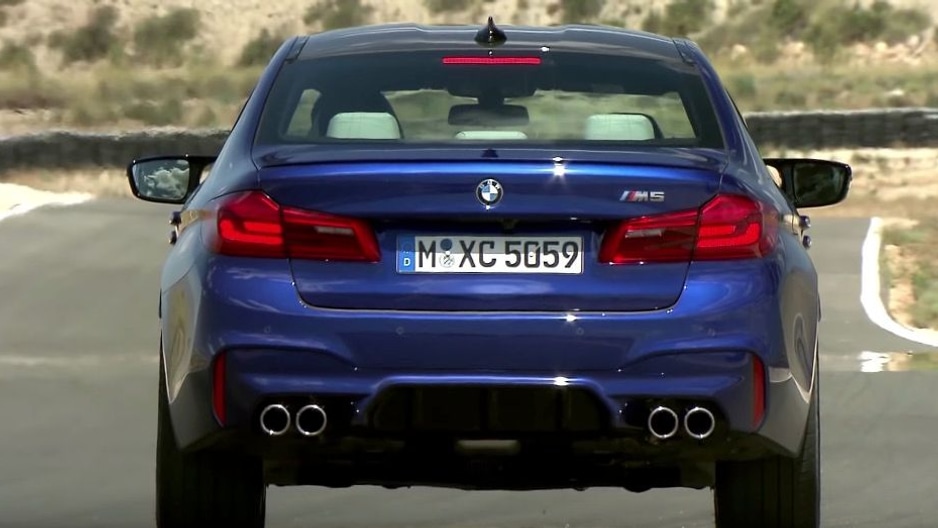
The 0-60 mph time has been a measure of performance for a
long time and cars have continued to reduce
their times over decades.
BMW decided to explain what goes into shaving seconds off of
a 0-60 mph time and it involves a few key areas. The basics show that all of
the power a car has needs to work against all of the weight the car carries.
That's a very bare look at the topic, but it's a good starting point from Sir
Isaac Newton.
However, we the arrive at aerodynamics. Aero drag rises with
velocity, which means drag increases the faster a car goes. Drag is an
important factor when it comes to incredibly high speeds, but plays more of a
minor role in 0-60 mph times. Nevertheless, a sleek car is going to arrive at
60 mph quicker than a brick on wheels.
Another important aspect is weight. This is a pretty simple
idea that we see often: add power and subtract weight. It's a reason why race
cars and some production cars will strip out an interior with non-essentials in
the name of weight savings. The less mass there is to move, the quicker it
scoots to 60 mph. Weight isn't the defining factor, though. If it was, a
decades-old M3 would be quicker to 60 mph than a new M3.
The power to weight ratio arrives on the scene to play one
of the most important factors on 0-60 mph times. Now, it's not about low
weight, but also a lot of power. The lower the ratio, the better the 0-60
mph sprint a car will clock. It's why we constantly see efforts to make more
power and take out weight in even luxurious sports cars.
Now, it won't matter how much power a car has if it can't
actually transfer the power to the ground. That takes us to tires. Grippy tires
are essential to minimize wheel spin. If a car boasts 600 horsepower but all it
wants to do is spin the wheels when it's time to accelerate from a standstill,
that doesn't do the car any good. Ensuring the tires have a sticky ground to
grab onto is also key.
Finally, driver assistance technologies round out the latest
improvement to 0-60 mph times. Launch control is really more of a modern
phenomenon that's no longer reserved for the most elite supercars. With it, a
computer dials in the perfect spot in the powerband to ensure minimal tire
spin. Before that, drivers needed to find the sweet spot themselves, which
could either lead to a really slow start in an effort to keep tire spin low, or
just too much tire spin altogether.
by Sean Szymkowski
http://www.boscheuropean.com
No comments:
Post a Comment